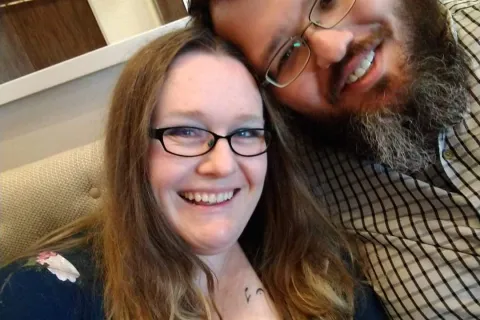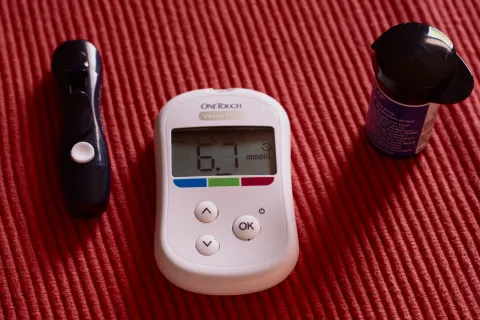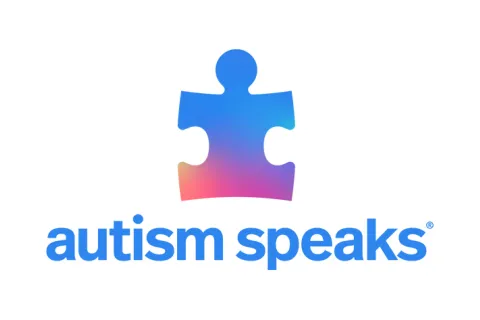Autistic Burnout: When Navigating a Neurotypical World Becomes Too Much
Adult Autism Diagnosis Tool Kit
This excerpt from the Adult Autism Diagnosis Tool Kit was written by Brigid Rankowski and Lydia Wayman, self-advocates and Autism Speaks contributors.
Navigating a world designed for neurotypical minds can present some unique challenges when your brain works differently than most. You might find yourself struggling with things that come easily to those around you. Over time, this can lead to what many autistic adults refer to as autistic burnout — a state of intense mental and sometimes physical exhaustion and loss of skills needed to manage daily life.
“I was masking and doing a lot of customer service work. I had someone yell at me and felt like I couldn't talk anymore (a recurring theme I didn't understand). I became so tired of trying that I quit my job and stayed in my dark bedroom for a week. I didn't eat unless it was already made, even if I was hungry.” Jessica, 25-year-old working professional and single autistic parent of an autistic child
Although autistic burnout is not a clearly defined medical term or formal diagnosis, it is a common and widely discussed experience, especially in those who have learned to mask their autistic traits to the point that their true support needs are not recognized.
Neurotypical people can experience burnout, too, often in relation to high-stress jobs or long-term caregiving. Autistic burnout is similar, but the causes and consequences may look different.
Autistic people may experience burnout at points in life when expectations increase and new, more complex skills are required for you to keep up. This could be a major life transition, such as a new job or moving, or a shift into a new stage of life, such as the transition to early adulthood.
Burnout can also creep in slowly. You may feel more worn down without any way to feel like you are fully recharging yourself. These feelings can gradually affect your home, work and social life in ways you aren’t aware of because you are unable to see the bigger picture.
It’s important to keep in mind that burnout is not a personal failure but the result of trying to keep up with demands that take too much energy and are unsustainable for long periods of time.
Autistic burnout might look like:
- Difficulty with skills such as speech and language, executive function, self-regulation
- Heightened sensory sensitivity or need for more sensory input
- Increase in mental health issues like anxiety and depression
- Withdrawing from your usual social activities or relationships
- Difficulty with executive functioning, such as completing tasks and making decisions Increase in repetitive behaviors, like stimming
- Difficulty with activities of daily living like cooking, cleaning or personal hygiene
- More frequent meltdowns
- Sleeping more or having trouble sleeping
- Spending more time alone than usual
Preventing or recovering from burnout involves a combination of reducing demands and increasing supports. It may take some trial and error to find strategies that work for you.
Here are some considerations:
- If you feel overwhelmed by social interaction at work, you might decide to spend your lunch break by yourself instead of socializing.
- If you experience sensory overload in crowded indoor places, you might do errands during off hours or try wearing earplugs at the grocery store.
- If you struggle with executive function demands like keeping appointments or managing finances, you could use a visual chart or checklist to help you keep track.
- If you are experiencing symptoms of depression or anxiety, consider seeing a mental health clinician. Look for a therapist who is familiar with autism in adults.
- If you are someone who frequently masks your autistic traits, consider who or where you might be comfortable enough to let down your guard. You might find it less draining if you don’t force yourself to make eye contact or avoid self-soothing repetitive movements.
Read more in the Adult Autism Diagnosis Tool Kit a guide for adults newly diagnosed with autism, seeking an autism evaluation or considering one. It was created by autistic adults for autistic adults.









